Hva vil den uforutsigbare pave Frans gjøre i 2016?
John Allen skriver en artikkel der han stiller akkurat dette spørsmålet – og foreslår at fem ting kommer til å skje:
I did something that’s basically an act of madness: I delivered a set of predictions for 2016 regarding the almost metaphysically unpredictable Pope Francis. …
1. The next US cardinal Francis names will be a shocker.
It’s not clear whether Francis will create new cardinals in 2016, or whether one of them would be an American. If so, however, it probably won’t be anyone people are expecting — Archbishop Jose Gomez of Los Angeles, for instance, or Blase Cupich in Chicago.
When distributing red hats, Francis likes to bypass the usual centers of power. …
2. Francis will have a health issue.
So far, this pope has not had a serious health crisis. A bogus report in October of a benign brain tumor doesn’t count, since it fell apart almost as soon as it appeared.
On the other hand, Francis turns 79 on Dec. 17 and keeps up a schedule that would destroy people half his age. Those closest to Francis have long said they’re worried about the pope not taking care of himself, for instance by canceling his summer vacation at Castel Gandolfo. Watching him up close, he often seems visibly fatigued …
3. The pope will be a player in the US elections.
Pope Francis is likely to emerge as a major factor in the US elections in 2016, an especially plausible prospect given that five of the GOP contenders are Catholic (Jeb Bush, Rick Santorum, Marco Rubio, Chris Christie, and George Pataki; Bobby Jindal dropped out of the race in November).
One moment when the pope appears destined to inject himself into the race will come in February, when he travels to Mexico. The trip will feature a stop in Ciudad Juarez at the US/Mexico border, where Francis will make a major statement about immigration. …
4. The pope will make two significant gestures of mercy.
Francis opens his special jubilee Year of Mercy Tuesday, and at least two unscripted papal gestures of compassion may roll out at some point along the way.
First, he may offer a hand to divorced and civilly remarried Catholics. The question of whether they could receive Communion was hotly debated at the recent Synods of Bishops on the family, and while there was no consensus, there was agreement that the Church needs to do a better job of making them feel included.
Second, and possibly more quickly, Francis may offer pardons to least some of the five people currently facing a Vatican criminal trial for leaking secrets. …
5. Resistance to Francis’ initiatives will continue, but shift.
All along, there’s been resistance to Francis in some quarters inside and outside the Catholic Church. In 2016, that blowback will almost certainly continue, but it may become less about left vs. right and more about north vs. south and rich vs. poor.
A sign of things to come appeared before Francis’ November trip to Africa with a controversial essay by an editor for a web site operated by the largely progressive German bishops’ conference, suggesting that Francis may have an overly romanticized vision of the global South and an overly negative approach to Europe. …

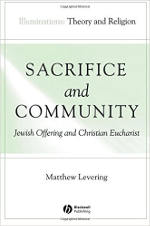 Jeg har akkurat lest ferdig kapittel 2 i Matthew Leverings bok Sacrifice and Community (som
Jeg har akkurat lest ferdig kapittel 2 i Matthew Leverings bok Sacrifice and Community (som 
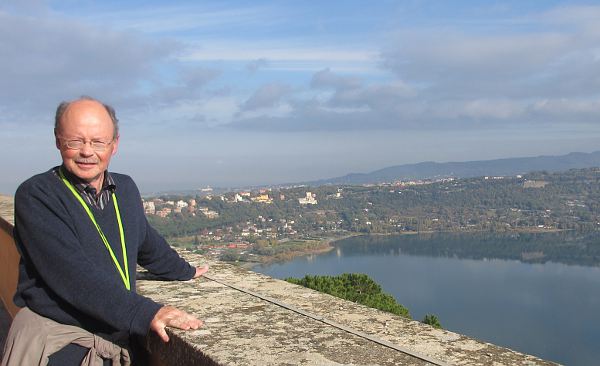
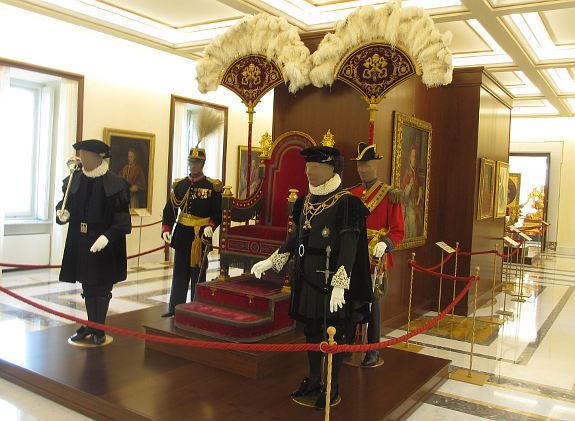

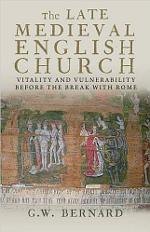 Boka jeg leser på bildet er The Late Medieval English Church: Vitality and Vulnerability Before the Break with Rome, av G. W. Bernard.
Boka jeg leser på bildet er The Late Medieval English Church: Vitality and Vulnerability Before the Break with Rome, av G. W. Bernard. 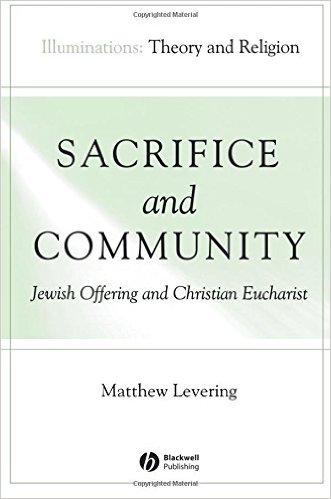




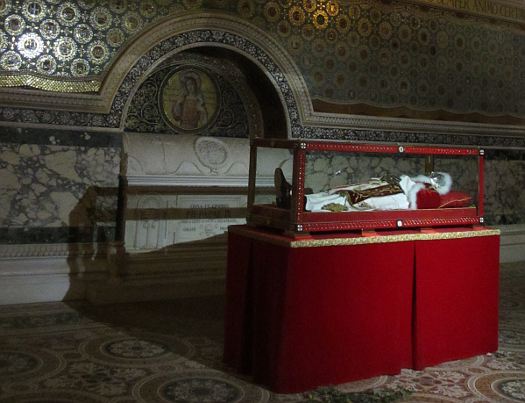
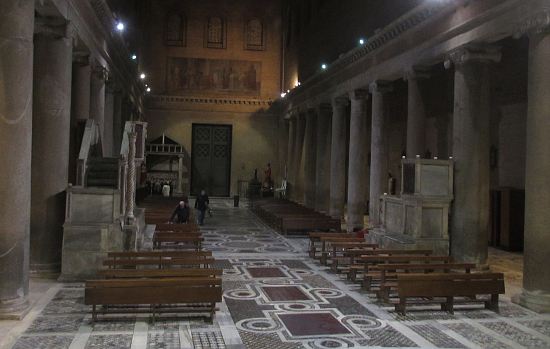

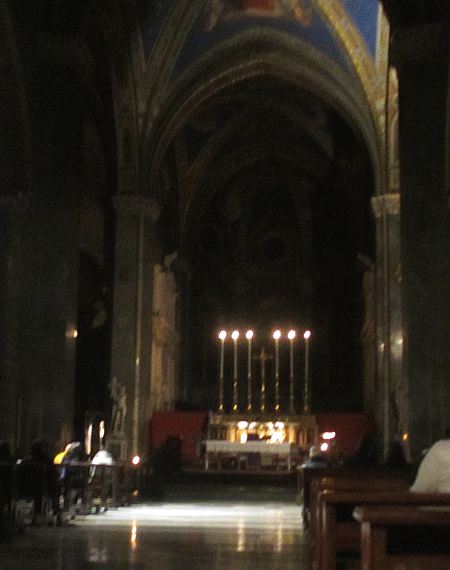
 Jeg begynner nå å lese p Louis Louis Bouyers bok EUCHARIST, der han i løpet av nesten 500 sider går gjennom utviklingen og forståelsen av messen. Bouyers stil er veldig annerledes enn Jungmanns, som var svært saklig og lite kritisk kommenterende til andre forskeres bidrag. Bouyer har en ganske annen kontroversiell og aktuell stil. Slik begynner han f.eks. forordet, som han skrev i juni 1966 og januar 1968 (2. utgave):
Jeg begynner nå å lese p Louis Louis Bouyers bok EUCHARIST, der han i løpet av nesten 500 sider går gjennom utviklingen og forståelsen av messen. Bouyers stil er veldig annerledes enn Jungmanns, som var svært saklig og lite kritisk kommenterende til andre forskeres bidrag. Bouyer har en ganske annen kontroversiell og aktuell stil. Slik begynner han f.eks. forordet, som han skrev i juni 1966 og januar 1968 (2. utgave):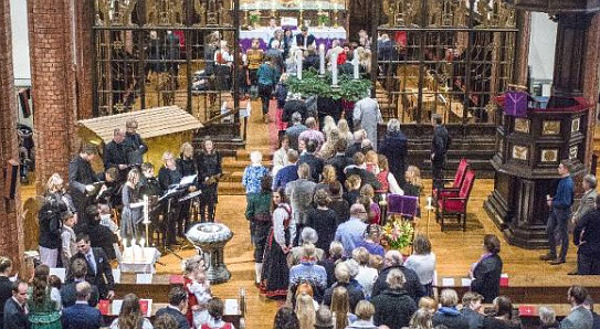
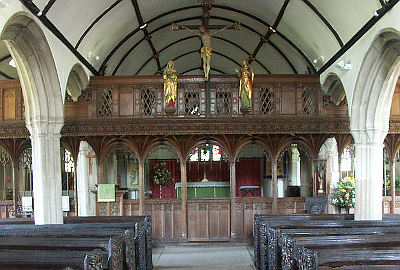
 Lørdag og søndag var vi en tur til
Lørdag og søndag var vi en tur til